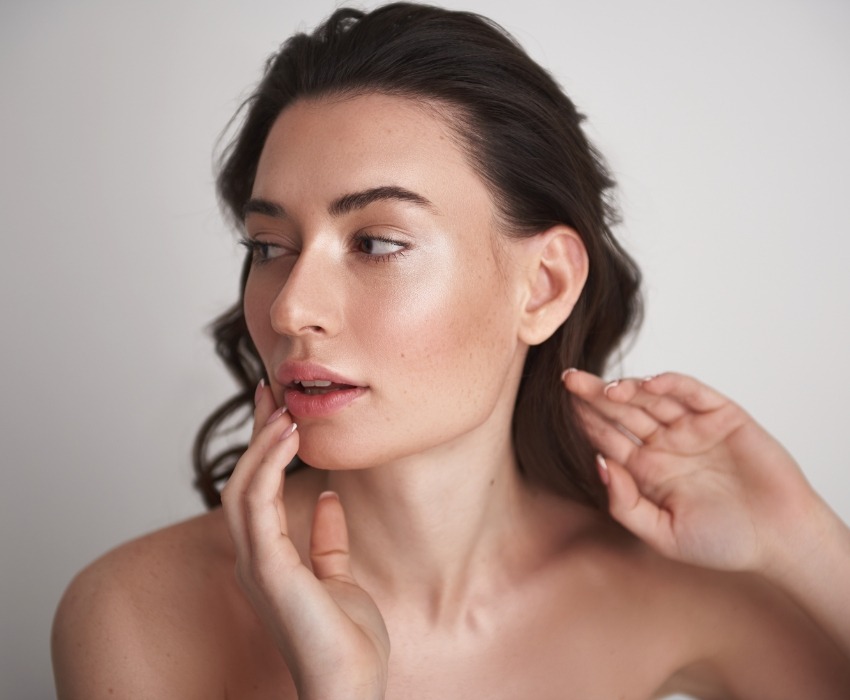The beauty industry is constantly evolving, and in the pursuit of youthful, radiant skin, two treatments have emerged as frontrunners: PRP (Platelet-Rich Plasma) and Botox. Both are popular for reducing the signs of aging, yet they work in entirely different ways. Whether you're looking to soften fine lines, boost collagen, or restore skin volume, understanding how these two treatments differ is essential to choosing the right option for your aesthetic goals. Among newer techniques, the rising popularity of platelet rich plasma therapy face treatments has caught the attention of many who prefer natural approaches.
Understanding Botox: The Muscle-Freezing Miracle
Botox has been a household name for over two decades and is synonymous with wrinkle treatment. It’s derived from botulinum toxin, a neurotoxin that temporarily paralyzes muscles by blocking nerve signals. When injected into specific facial muscles, it smooths out lines caused by repeated expressions, such as frown lines, crow’s feet, and forehead creases.
One of Botox’s biggest strengths is its fast results. Most patients see a noticeable difference within 3-7 days after treatment, with full effects visible in about two weeks. The procedure is quick, minimally invasive, and requires no downtime—making it a go-to option for busy professionals. Results typically last 3-4 months, requiring routine maintenance for lasting effects.
While Botox is highly effective for dynamic wrinkles (those formed by movement), it doesn’t address skin texture, tone, or elasticity. That’s where PRP comes into play.
PRP: The Regenerative Skin Rejuvenator
Platelet-Rich Plasma therapy harnesses the body’s natural healing powers. In this treatment, a small amount of your blood is drawn, spun in a centrifuge to isolate the platelets, and then injected back into areas of the face. These platelets are rich in growth factors that stimulate collagen production, improve circulation, and rejuvenate the skin from within.
Unlike Botox, PRP doesn’t freeze muscles or give instant results. Instead, it works gradually by enhancing the skin’s health at a cellular level. Over a few weeks, patients begin to notice improved skin texture, tighter pores, increased elasticity, and a more youthful glow. PRP is particularly effective for under-eye hollows, dull complexion, acne scars, and fine lines.
Because PRP uses your own blood, there’s minimal risk of allergic reactions or side effects. It’s considered a more holistic approach to anti-aging, suitable for those who want natural-looking improvements without synthetic substances.
Key Differences: Natural vs. Neuromodulator
The primary difference between PRP and Botox lies in their mechanisms and results. Botox targets muscle activity to prevent wrinkles caused by expression, while PRP improves overall skin quality by promoting collagen growth and cellular regeneration.
Another contrast is the treatment timeline. Botox provides quick, visible results but requires regular touch-ups. PRP builds results over time, typically with a series of sessions spaced a few weeks apart. However, the results of PRP can last longer and often improve over time with continued collagen development.
There’s also a significant difference in the “look” each treatment provides. Botox can give a smooth, frozen appearance if overdone, while PRP maintains a more natural and subtle rejuvenation. For individuals wary of looking “done” or stiff, PRP may be a more appealing option.
Which One Is Right for You?
Choosing between PRP and Botox ultimately depends on your goals, age, skin condition, and desired outcome. If you’re looking for a quick fix to wrinkles caused by muscle movement—such as forehead lines or crow’s feet—Botox is a reliable choice. It’s tried, tested, and highly effective in specific areas of the face.
On the other hand, if your concerns are more about skin texture, volume loss, or general aging signs like sagging and dullness, PRP offers a broader rejuvenating effect. It’s not just about reducing wrinkles—it’s about enhancing overall skin health and appearance.
Some experts suggest that combining both treatments can deliver superior results. Botox can smooth expression lines, while PRP boosts collagen and improves skin vitality. Together, they address both the cause and the effect of aging.
Safety, Side Effects, and Cost Considerations
Both PRP and Botox are considered safe when performed by qualified professionals. Botox may cause temporary side effects such as bruising, swelling, or mild headache. Rarely, if improperly administered, it can lead to drooping eyelids or asymmetry.
PRP’s side effects are minimal due to its autologous nature (using your own blood). Mild redness, swelling, or bruising at the injection site may occur but usually resolves quickly. There's virtually no risk of allergic reaction, making PRP a good option for sensitive skin types.
In terms of cost, Botox is generally less expensive per session, but because it needs to be repeated more frequently, the long-term costs can add up. PRP is more costly upfront due to the specialized process involved, but the long-lasting, cumulative benefits can make it a cost-effective investment over time.
Final Verdict: The Anti-Aging Winner?
There’s no universal winner in the PRP vs Botox debate—it’s a matter of personal preference and treatment goals. Botox offers immediate gratification and excellent wrinkle-softening effects, while PRP provides gradual, natural-looking rejuvenation that enhances the skin’s health from within.
If you value quick, visible results and want to target specific wrinkles, Botox may be the best fit. But if you prefer a natural, regenerative treatment with long-term benefits, PRP could be your ideal solution. For many, the best strategy lies in a personalized combination of both, leveraging the unique strengths of each to win the anti-aging game on all fronts.

Comments on “PRP vs Botox: Which One Wins the Anti-Aging Game?”